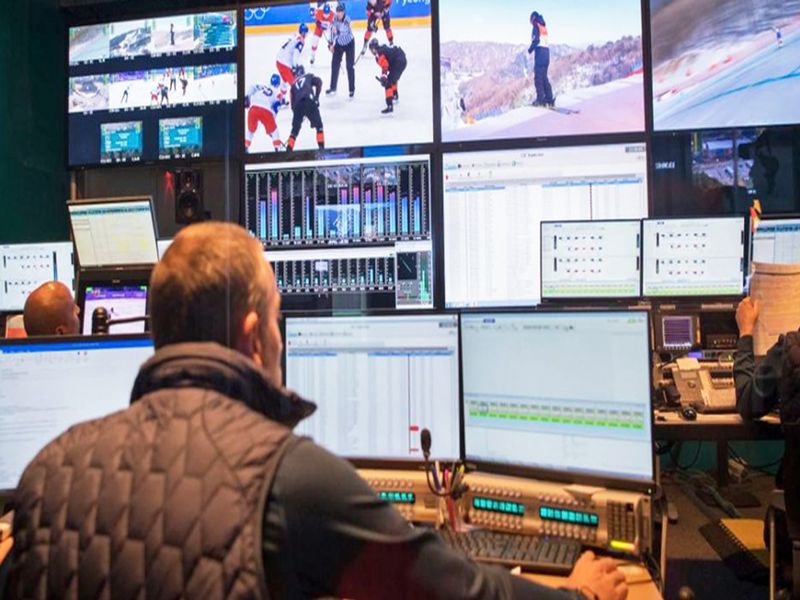Soccer, also known as football or futbol, has long been regarded as the most popular sport in the world. With an estimated 4 billion fans globally, it has a massive impact on cultural heritage and identity. As with any significant part of society, soccer is also subject to rapid changes that can alter its significance and influence on people’s daily lives. However, documenting and celebrating soccer’s role in cultural heritage can help preserve its significance for future generations.
One of the most influential ways that soccer impacts culture is through its broadcasting. The reach of televised matches goes beyond borders and language barriers, bringing communities together to celebrate their team’s victories. Soccer broadcasting allows for a shared experience among individuals from diverse cultures and backgrounds who may come together to celebrate their love for the sport.
Moreover, broadcasting brings attention to local teams and players who represent their country or hometowns on an international stage. This exposure helps promote a sense of pride in one’s cultural identity while showcasing unique qualities specific to each region or country.
Documenting these moments through written records or audio-visual footage ensures that they are not lost over time but rather become part of our collective memory. These records 해외축구중계 provide insight into how certain cultures view and engage with the sport while also preserving traditional practices associated with it.
For instance, in Latin American countries like Brazil or Argentina, soccer is more than just a game; it is a way of life deeply ingrained in their culture. Documentaries highlighting fan rituals such as chanting before games or elaborate celebrations during major tournaments showcase this connection between soccer and cultural identity.
In Europe too, soccer plays a significant role in shaping national identity by paying homage to historical achievements through fan traditions such as singing national anthems at matches or displaying flags representing different regions within each country.
Furthermore, preserving these aspects of cultural heritage related to soccer also helps combat globalization’s homogenizing effects by championing diversity within the sport itself. From different playing styles to team formations, each country brings its distinct flavor to the game, creating a diverse landscape that enriches soccer’s global appeal.
In addition to documenting cultural heritage, celebrating soccer’s role in it is equally important. Events like the FIFA World Cup and UEFA Champions League bring together people from all corners of the world in celebration of this common passion. Such mega events provide a platform for countries to showcase their unique cultural practices associated with soccer while also promoting tourism and boosting local economies.
Ultimately, documenting and celebrating soccer’s impact on cultural heritage highlights its significance beyond mere entertainment. It serves as an avenue for preserving traditions, promoting diversity, and fostering a sense of community among individuals from different cultures worldwide. As we continue to witness the evolving nature of sport and society, it is essential to recognize and appreciate how something as seemingly simple as a game can have such profound effects on our collective identities.













